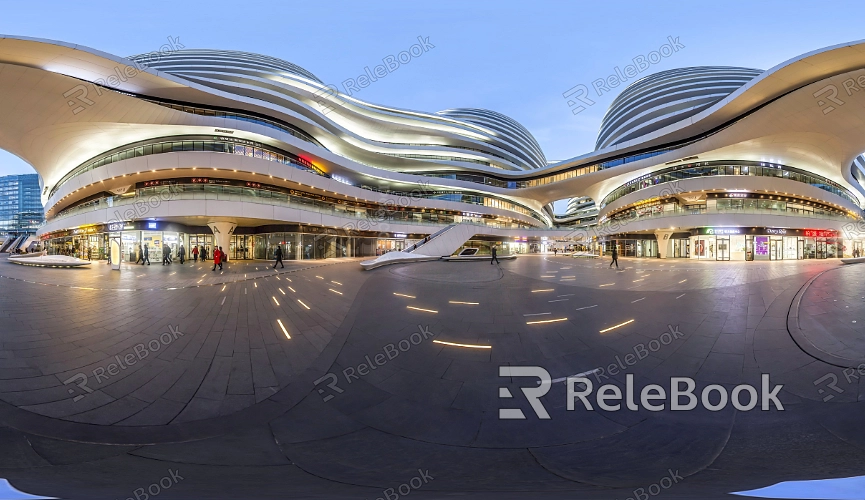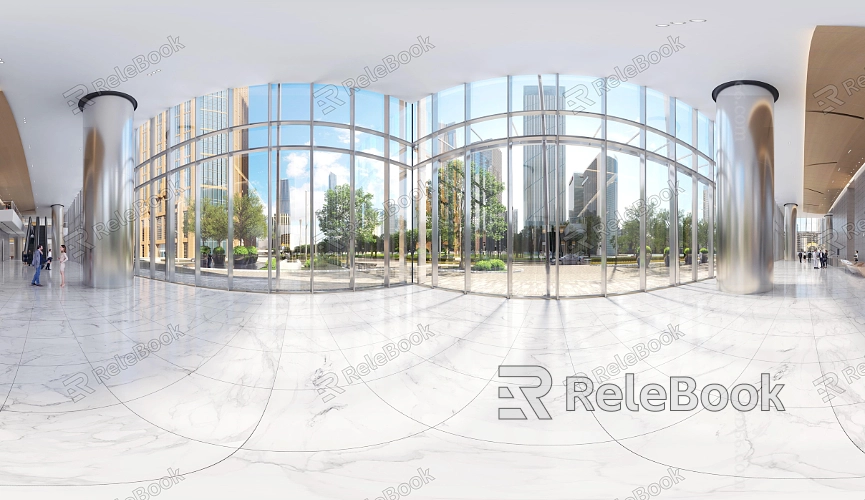Why Are My HDR Textures Not Displaying Correctly in Unity
HDR textures are widely used in 3D rendering to create realistic lighting and environmental effects. They’re essential in game development, virtual reality, and architectural visualization. However, many designers face issues where HDR textures don’t display as expected in Unity, such as color distortion, overexposure, or even complete absence in certain scenes. In this guide, we'll explore common problems and solutions to help diagnose and fix issues with HDR texture display in Unity.

1. Incorrect Import Settings
One of the most common reasons HDR textures don’t display properly is incorrect import settings. To ensure they function correctly, there are a few key configurations to check:
File Format: HDR textures are typically saved in formats like .hdr or .exr. If you import a texture in a format that doesn’t support HDR, such as .jpg or .png, you may lose critical color data, leading to display issues.
Texture Type: After importing the texture, ensure it’s set to the appropriate type, such as Cubemap or 2D Texture, depending on how you plan to use it. Incorrect settings can cause problems with the texture’s appearance in skyboxes or reflection probes.
sRGB Setting: Make sure that the sRGB option is disabled for HDR textures. HDR data is meant to be processed in linear space, and enabling sRGB can affect color accuracy and the dynamic range.
2. Lighting and Exposure Settings
HDR textures excel at creating complex lighting and reflection effects, but improper lighting settings can diminish their impact. To make sure your lighting works harmoniously with HDR textures, consider the following:
Exposure Settings: Unity’s Lighting Settings allow you to adjust exposure, which directly affects how HDR textures are displayed. If the exposure is too high, your scene might appear overly bright, while low exposure might obscure important details.
HDR Mode: Ensure that HDR rendering is enabled in Unity’s rendering settings. If HDR mode is not turned on, the high dynamic range properties of the textures won’t be visible, resulting in a flatter, less realistic appearance.
3. Issues with Reflection Probes and Skyboxes
HDR textures are frequently used in skyboxes and reflection probes to create realistic environmental lighting and reflections. However, incorrect setup of these elements can lead to poor texture display:
Reflection Probe Placement: Ensure that your reflection probes are correctly positioned to cover the relevant areas of your scene. Misplaced probes can cause environmental reflections to appear disconnected from the actual scene, creating visual inconsistencies.
Skybox Material Settings: When using HDR textures in skyboxes, verify that the material’s shader is set to Skybox/Cubemap. Using the wrong shader type may result in the texture being displayed incorrectly or not at all.
4. Conflicts with Post-Processing Effects
Unity provides powerful post-processing effects like Bloom and Color Grading to enhance your scene’s visual quality. However, if these settings are misconfigured, they can interfere with HDR texture display:
Overly Strong Bloom: If the Bloom effect is set too high, bright areas in HDR textures may become excessively glaring or lead to color bleeding. Adjusting the bloom intensity and threshold can help retain texture detail without overpowering the scene.
Color Grading: While useful for fine-tuning colors, incorrect color grading can dull HDR textures. Make sure that the color grading settings match the overall tone of your scene to preserve the texture’s dynamic range and visual integrity.

5. Platform and Performance Limitations
HDR textures may perform differently across platforms. For example, mobile devices with lower memory or graphics performance may struggle to display HDR textures correctly. To ensure consistent display across different devices, consider the following adjustments:
Texture Compression: Adjusting compression settings can reduce memory usage and improve loading times. This is especially important on mobile platforms where resources are more limited.
LOD (Level of Detail): For distant objects or secondary elements in your scene, lower the LOD settings. This reduces the strain on system resources without compromising overall texture quality, ensuring that HDR textures render properly without bogging down performance.
6. Material and Shader Incompatibility
The material and shader used with your HDR texture can also cause display issues. Some standard materials might not fully support the dynamic range of HDR textures, resulting in textures that appear too bright or distorted:
Use HDR-Compatible Shaders: Make sure the materials and shaders you’re using support HDR texture rendering. If the current shader doesn’t handle HDR properly, consider switching to Unity’s Standard Shader or PBR Shader, both of which are built for HDR support.
Custom Materials: For more complex needs, you can create or use custom shaders to ensure that HDR textures render correctly in unique or highly specialized environments.
7. Resolution and Detail Concerns
HDR texture resolution plays a major role in how they appear in your scene. Low-resolution textures or textures with insufficient detail may appear blurry or distorted:
Resolution Settings: Check the resolution of your HDR textures to ensure they are high enough to display the level of detail needed for your project. If resolution is too low, consider using higher-quality HDR resources.
Optimizing Texture Detail: Tailor the level of detail in your HDR textures to the specific demands of your scene. This ensures that the textures look sharp and accurate whether they’re used in the foreground or background.
By following these steps, you can troubleshoot and resolve most issues with HDR textures not displaying correctly in Unity. This will help you enhance your scene’s lighting, reflections, and overall visual fidelity. If you’re looking for high-quality HDR image resources, 3D textures, or models for building your scenes, Relebook offers a wide variety of options to help bring your projects to life.

